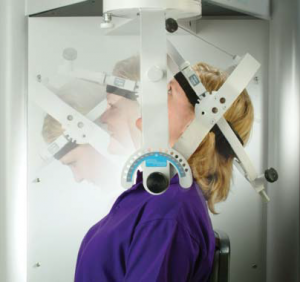Whiplash

Whiplash and neck pain are common after a motor vehicle collision, but not everyone involved in a car accident will go on to feel pain. Research from the Task Force on Neck Pain and Its Associated Disorders (2008), found that over 50% of those reporting injuries will still report pain one year later.
Research:
Dr. Nolet published research in the European Spine Journal in 2010 which focused on neck injury from motor vehicle accidents and the neck pain that followed. The research followed 919 people who had no neck pain or mild neck pain at the start of the study. They were followed for 12 months to see if any of the participants developed troublesome neck pain. The study concluded that those who once had a neck injury due to a motor vehicle accident were more than twice as likely to develop neck pain again, compared to those who have never experienced a prior neck injury.
Common Injuries and Recovery:
Below is a list of common injuries that occur after a motor vehicle collision. These injuries are covered by auto-insurance in Ontario:
- Back Pain
- Neck Pain
- Headache
- Dizziness
- Shoulder Pain
- Arm pain
- Numbness
- Radiating Pain
When recovering from whiplash, it is important that you keep active as much as possible, within the limits of your own pain. This will allow you to recover quicker. You may feel like some of your daily activities are increasing your pain, but those who remain active tend to recover quicker compared to those who don’t.
Dr. Nolet’s treatments for Whiplash:
We combine chiropractic treatments:
- Manual Therapies (spinal manipulation or mobilization)
- Muscle therapies (Active Release Technique and Instrument Assisted Soft Tissue Mobilization)
- Pain modalities such as electrotherapy and ultrasound.
- Neck and shoulder strengthening exercises (clinic or at home)
- Education and advice on managing your injuries
Neck strengthening is important to recovering from whiplash injuries. Dr. Nolet uses both home and clinic based exercise. Clinic based exercise uses the Multi-Cervical Unit, which allows for strength testing and rehabilitation. The unit targets the strengthening of the specific muscles that are weak and in need of strengthening. There is good evidence for the use of neck strengthening along with manual therapies for neck pain and headaches.

Neck strengthing with the Multi Cervical Unit.


The MCU for strengthening neck muscles.
